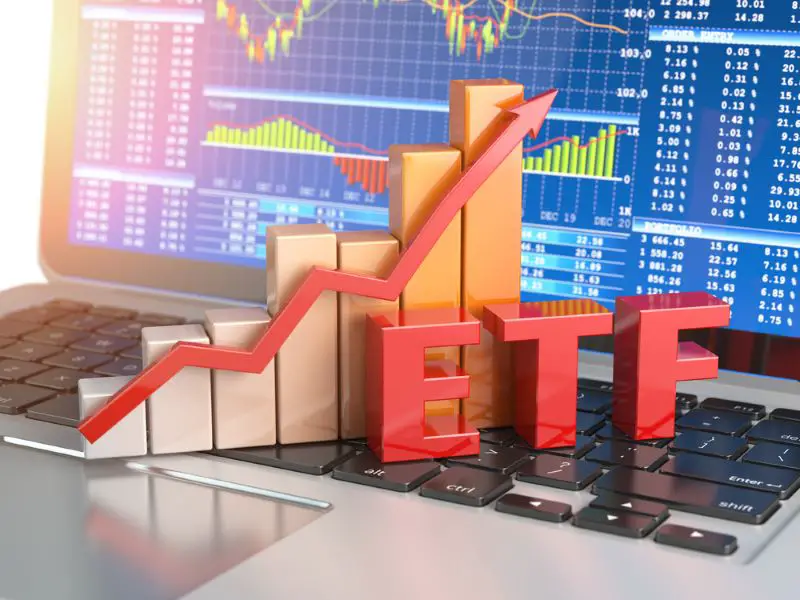Click here to get this post in PDF
Lumpsum calculator is an invaluable tool for anyone looking to manage their finances effectively, whether planning for retirement, investing in a new venture, or simply saving for a big purchase. These calculators provide a convenient way to determine the future value of an one-time investment, taking into account various factors such as interest rates, time horizon, and potential growth rates.
A lumpsum calculator is a financial tool designed to compute the future value of a lumpsum investment or savings based on certain inputs such as initial investment amount, interest rate, and time period. It allows users to estimate how their money will grow over time, helping them plan and strategize their financial goals effectively.
How Does a Lumpsum Calculator Work?
The functioning of a lumpsum calculator is based on the concept of compound interest. Compound interest refers to the interest earned not only on the initial investment but also on the accumulated interest from previous periods. This compounding effect can significantly boost the growth of an investment over time.
When using a lumpsum calculator, users typically input the following parameters:
Initial Investment: The amount of money initially invested or saved.
Interest Rate: The annual interest rate or expected rate of return on the investment.
Time Horizon: The duration over which the investment will grow.
After understanding the basics of a lumpsum calculator, let us delve into ETF investment. ETF or ETF investment are structured as open-ended investment funds. They issue units to investors, which represent ownership in the underlying assets held by the fund. Unlike mutual funds, ETF units trade throughout the day on stock exchanges at market prices, allowing investors to buy and sell shares at any time during market hours.
Types of ETFs:
Equity ETFs: These ETFs invest in stocks or equity related securities, aiming to replicate the performance of a specific index.
Bond ETFs: Bond ETFs invest in fixed-income securities such as government bonds, corporate bonds and money market instruments, etc.
Commodity ETFs: Commodity ETFs track the performance of commodity prices, including precious metals, energy, agriculture, or other raw materials.
Sector ETFs: Sector ETFs focus on specific sectors of the economy, such as technology, healthcare, or financial services.
International ETFs: International ETFs invest in securities listed on foreign stock exchanges, providing exposure to global markets.
Considerations for ETF Investors:
Tracking Error: Some ETFs may deviate from their underlying index due to factors such as trading costs, liquidity constraints, and portfolio rebalancing. Investors should assess the tracking error of an ETF to ensure it aligns with their investment objectives.
Liquidity Risk: While most ETF investment are highly liquid, certain niche or less-traded ETFs may exhibit lower liquidity, potentially impacting the ease of buying and selling shares at favourable prices.
Expense Ratios: While ETF investment generally have lower expense ratios compared to mutual funds, investors should compare the costs of different ETFs to ensure they are getting value for their investment.
Market Volatility: Like any investment, ETF funds are subject to market fluctuations and volatility. Investors should be prepared for price movements and exercise discipline in their investment approach.
Conclusion
In this article, we gained an understanding of ETF investment and a valuable financial tool like lumpsum calculator – both of which helps investors – ETF as an investment option and lumpsum calculator in determining the one-time investment – in maintaining a stable portfolio and head closer towards their desired financial goals.
Disclaimer
The information contained above is provided for information purposes only. The contents of this article are not intended to amount to advice and you should not rely on any of the contents of this article. Professional advice should be obtained before taking or refraining from taking any action as a result of the contents of this article. Sandra Hinshelwood disclaims all liability and responsibility arising from any reliance placed on any of the contents of this article.
You may also like:
Data-Driven Crypto Trading: How AI and Analytics Shape Profitable Decisions
Strategic portfolio management: how to maximise return on investment
Image source: Depositphotos.com

